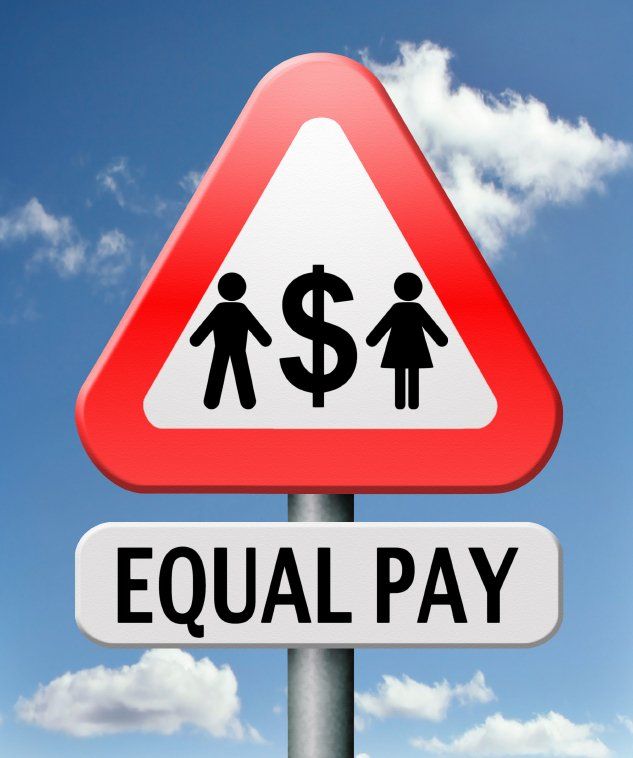CLIENT LOGIN
×PRACTICE AREAS
SUBSCRIBE TO OUR NEWLETTER
Contact Us
We will get back to you as soon as possible.
Please try again later.

All employees should be aware of the Equal Pay Act, which has been around since 1963. Despite the law’s long history, many people are not aware of what this act truly stipulates. When the Equal Pay Act was brought forth, it was done so as an amendment to the Fair Labor Standards Act with the goal of reducing or eliminating wage disparity that was based on sex.
The act was developed because of increasing awareness about the impacts of wage disparity between men and women. Under the New Frontier Program, the Equal Pay Act outlines some of the implications of sex discrimination.
Some of these impacts include that sex discrimination constitutes an unfair competition method, it tends to cause labor disputes and ultimately obstructs commerce, it burdens the free flow of goods in commerce, it depresses both wages and living standards for employees, and it prevents the maximum utilization of available labor resources.
Recognizing that it could very well take federal recognition and action to influence the market with regard to sex discrimination, the Equal Pay Act forbids the discrimination between employees based on their sex. Congress was driven to pass this out of concern for the weaker bargaining position that women were perceived to have in the workplace. The Equal Pay Act, however, actually protects both men and women.
It’s important to note that this applies to jobs in which the same tasks are performed in a job by two members of the opposite sex who are also receiving different pay for that position. This is a clear statement that Congress wanted to generate a framework that would aid in protecting employees from episodes of discrimination. For this reason, the law was intended for two purposes: to help reduce situations in which employers might otherwise discriminate based on sex, and to outline remedies for employees who believe they are entitled to claims under this law. The Supreme Court also has a broad view of this law, stating that the law must be viewed in this way in order to achieve the goal of fixing sexual discrimination.
Furthermore, the law protects executive, professional, and administrative employees who are otherwise exempt under the Fair Labor Standards Act. In order to establish a case under the Equal Pay Act, an employee must be able to demonstrate three different things: (1) that different wages are paid to employees of different sexes; (2) that the employees perform equal work on those jobs that require equal skills, responsibility, and effort; and (3) that the jobs are performed under similar, if not identical, working conditions.
There is no “intent” portion of the Equal Pay Act, and those employees who wish to pursue claims under this act will need to demonstrate the above three conditions in order to prove that an employer has violated the rules. There is strict liability imposed on those employers who do violate these rules regarding wage discrimination.
There are four possible defenses that an employer might bring up when an employee alleges a claim of discrimination based on sex. Unequal pay is allowed in certain conditions, including situations where the wages are set via a system that measures earnings by quantity or quality of production, situations in which there is a seniority system in place, a merit system, or workplaces in which any other factor besides sex is used for the purposes of classifying various levels of pay.
As you can see, it can be tricky to know for a fact that a violation has occurred and it’s recommended that you collect any documentation related to your claim to discuss it with legal counsel.
References:
The post What is the Equal Pay Act? appeared first on Saenz & Anderson | Attorneys at Law Serving Aventura, FL and Miami-Dade County.
Share this post to social media...
Contact Us
We will get back to you as soon as possible.
Please try again later.
© 2021 Saenz & Anderson. All Rights Reserved.


